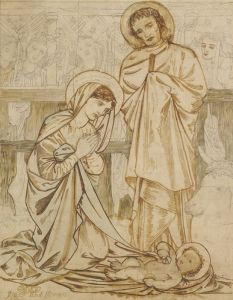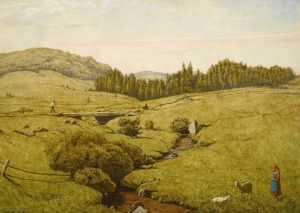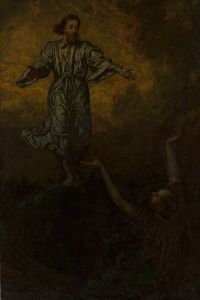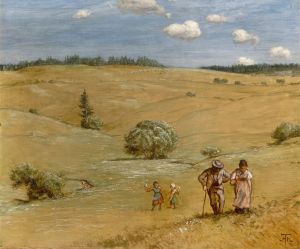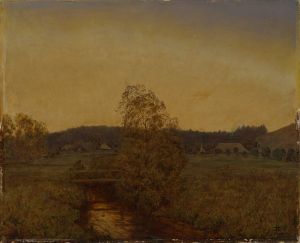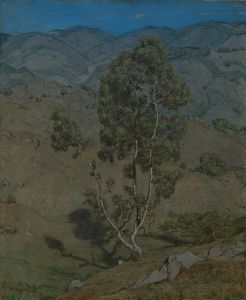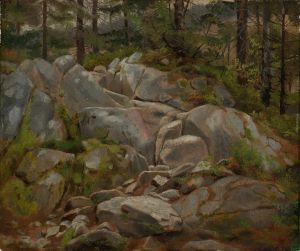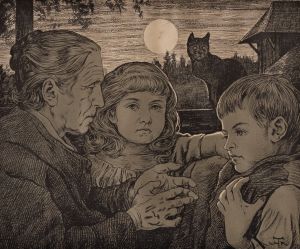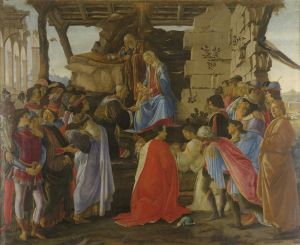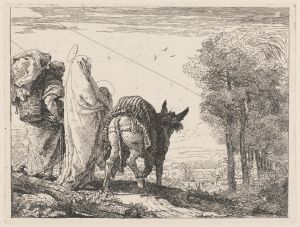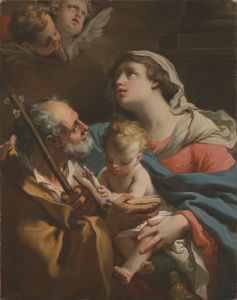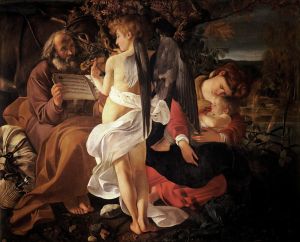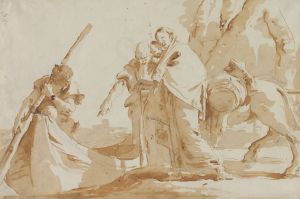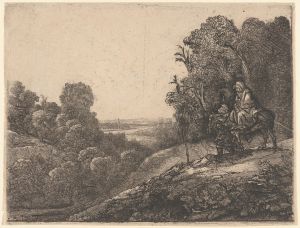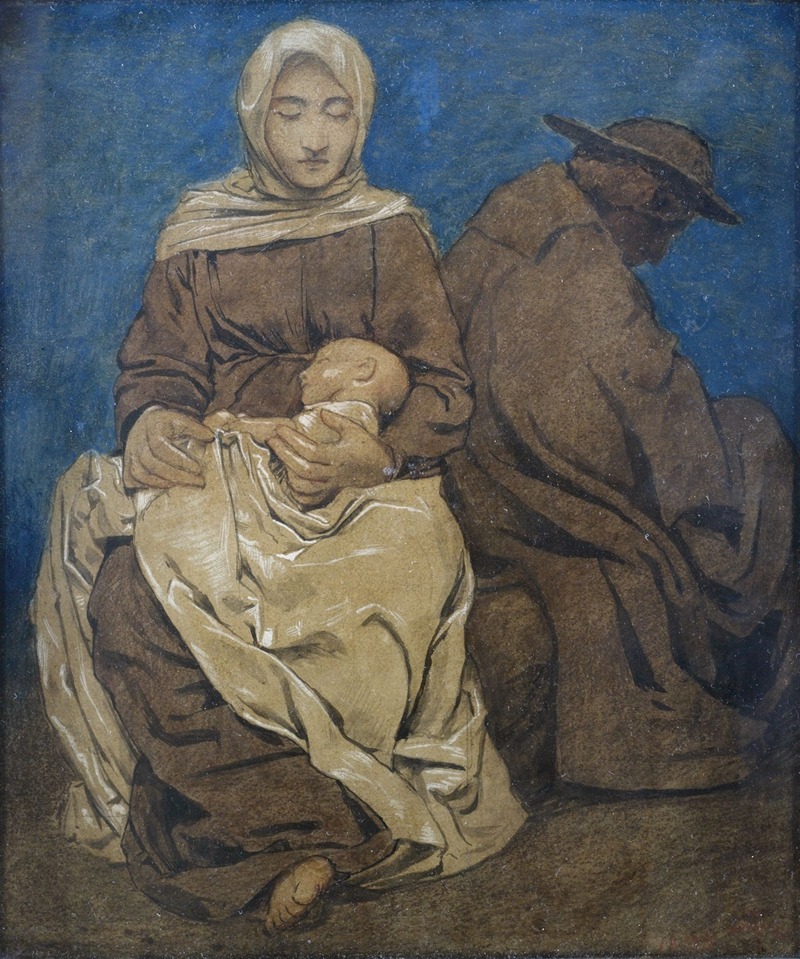
The Rest on The Flight into Egypt
A hand-painted replica of Hans Thoma’s masterpiece The Rest on The Flight into Egypt, meticulously crafted by professional artists to capture the true essence of the original. Each piece is created with museum-quality canvas and rare mineral pigments, carefully painted by experienced artists with delicate brushstrokes and rich, layered colors to perfectly recreate the texture of the original artwork. Unlike machine-printed reproductions, this hand-painted version brings the painting to life, infused with the artist’s emotions and skill in every stroke. Whether for personal collection or home decoration, it instantly elevates the artistic atmosphere of any space.
Hans Thoma's painting The Rest on the Flight into Egypt is a work of art that depicts the biblical story of the Holy Family's journey to Egypt, as recounted in the Gospel of Matthew. This narrative describes how Joseph, Mary, and the infant Jesus fled to Egypt to escape King Herod's order to kill all male infants in Bethlehem. The painting portrays a moment of rest during their journey, a theme that has been explored by many artists throughout history.
Hans Thoma (1839–1924) was a German painter associated with the Romantic and Symbolist movements. He was known for his landscapes, portraits, and religious works, often characterized by their simplicity, clarity, and connection to nature. Thoma's art frequently reflected his deep appreciation for the German countryside and his interest in traditional Christian themes.
In The Rest on the Flight into Egypt, Thoma presents a serene and intimate scene. The Holy Family is typically depicted in a peaceful natural setting, surrounded by elements of the landscape that reflect the artist's sensitivity to nature. Mary is often shown holding or seated with the infant Jesus, while Joseph may be depicted resting or standing nearby. The composition emphasizes tranquility and divine protection during their arduous journey.
Thoma's interpretation of this biblical subject is notable for its integration of religious symbolism with a naturalistic approach. His use of light, color, and composition creates a harmonious atmosphere that invites contemplation. The painting reflects the artist's ability to blend spiritual themes with his personal artistic style, making it a distinctive contribution to the tradition of religious art.
While specific details about the creation date or the current location of this particular painting are not widely documented, Hans Thoma's works are held in various collections, including museums in Germany. His art continues to be appreciated for its unique combination of Romanticism, realism, and spiritual depth.
This painting is an example of Thoma's broader body of work, which often sought to convey a sense of peace and connection to the divine through depictions of everyday life and nature. It remains a testament to his skill as an artist and his ability to interpret timeless themes in a way that resonates with viewers.





